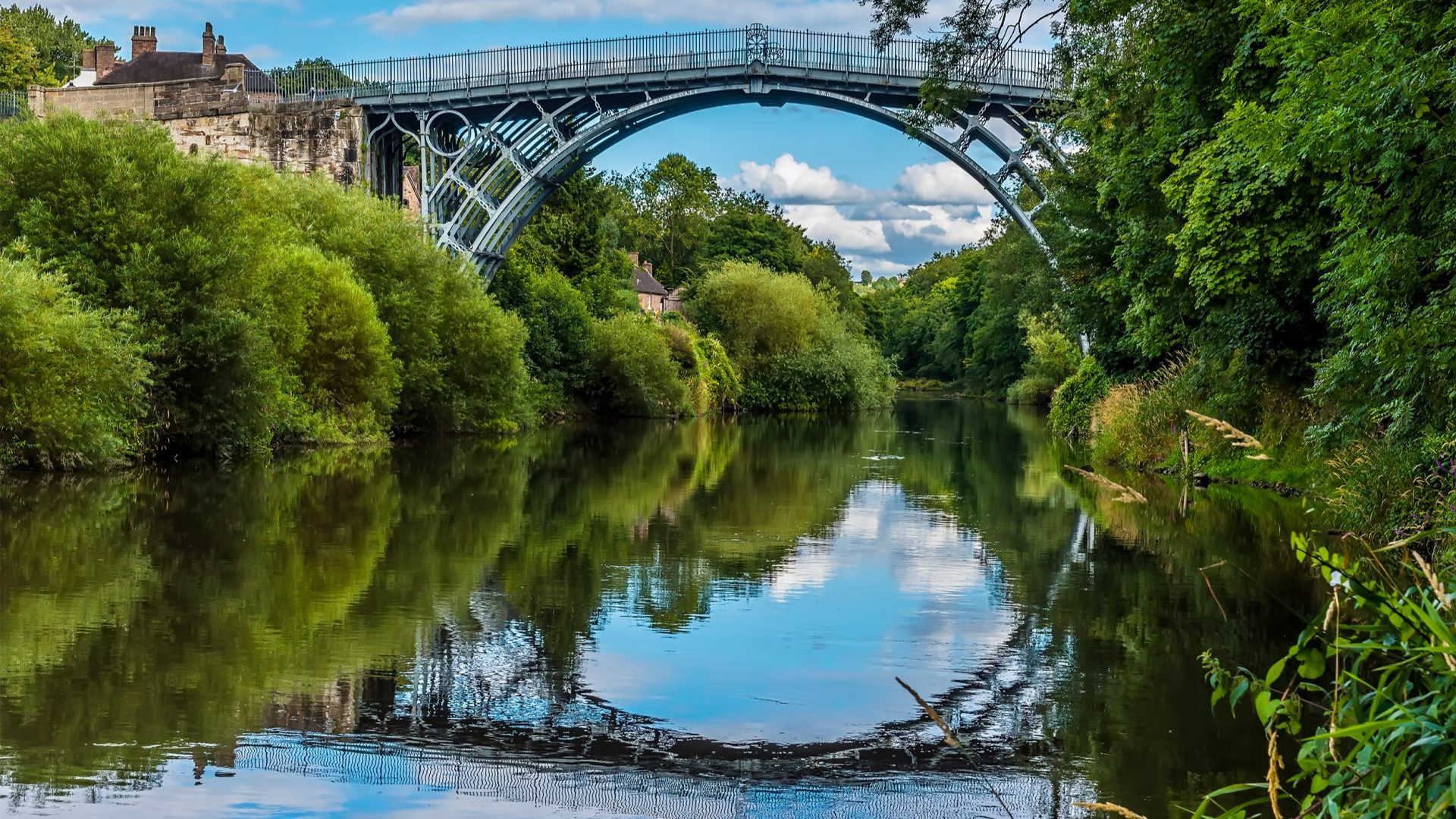The Environment Agency’s work to improve an eel passage at the confluence between the River Avon and River Severn at Tewkesbury, Gloucestershire is now complete.
The construction of two new eel passes at the Stanchard Pit weir and the Abbey Mill sluice has opened up a 26.7km passage on the River Avon and its tributary Carrant Brook for the migration of the critically endangered species.
Construction of the eel passes began in September 2021. The Stanchard Pit eel pass was completed in October 2021 while construction of the Abbey Mill eel pass, which started in March 2022, was completed earlier this year. Further work to reinstate the landscape to its former pre-construction state is now taking place.
Eels are an important part of the water environment. They feed on invertebrates, fish, molluscs and crustaceans, helping to recycle nutrients and are an important food source for many species. The European eel has an extraordinary life cycle. Adult eels spawn in the Sargasso Sea on the other side of the Atlantic Ocean and larvae return on ocean currents towards the coasts of Europe and North Africa.
The European eel enters rivers and lakes and spends anything from 5 to 20 years feeding and growing into adult eels. It then returns to sea as a ‘silver eel’ and swims over 3500 miles back to spawn in the Sargasso Sea.
Patrick O’Donnell, Project Manager for the Environment Agency, said:
“To comply with the Eels (England and Wales) Regulations 2009, we had a legal obligation to provide eel passage at Abbey Mill sluice and Stanchard Pit weir as these two structures are the first obstructions to eel passage on the River Avon.
“Delivering the two new eel passes will provide effective eel passage at both these sites to allow the safe migration of eels into the river systems, to complete their life cycle.
“As the Abbey Mill sluice is located close to the Grade II-listed Abbey Mill, we needed to minimise the visual impact of the eel pass, while still maintaining a fully functioning passage for the European eel.”
The River Severn, the Mill Avon and River Avon are migratory routes for European eel which is a protected species. Over the last 30 years, the number of juvenile eels returning to rivers has fallen by around 95% across Europe and, consequently, the International Council for the Exploration of the Sea (ICES) advises that ‘the stock of European eel is outside safe biological limits.



